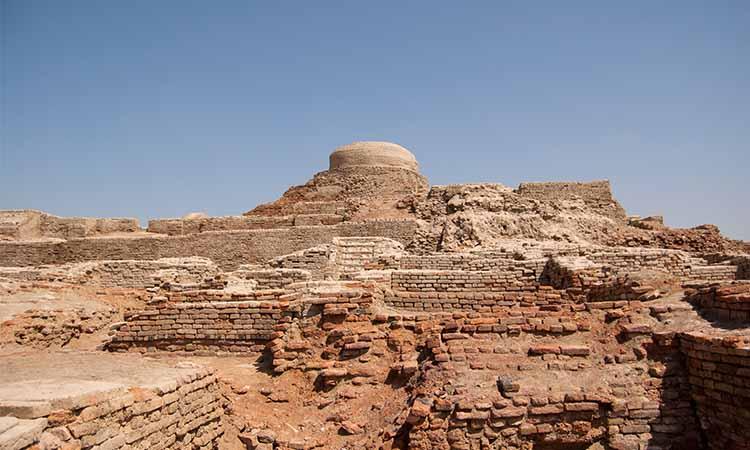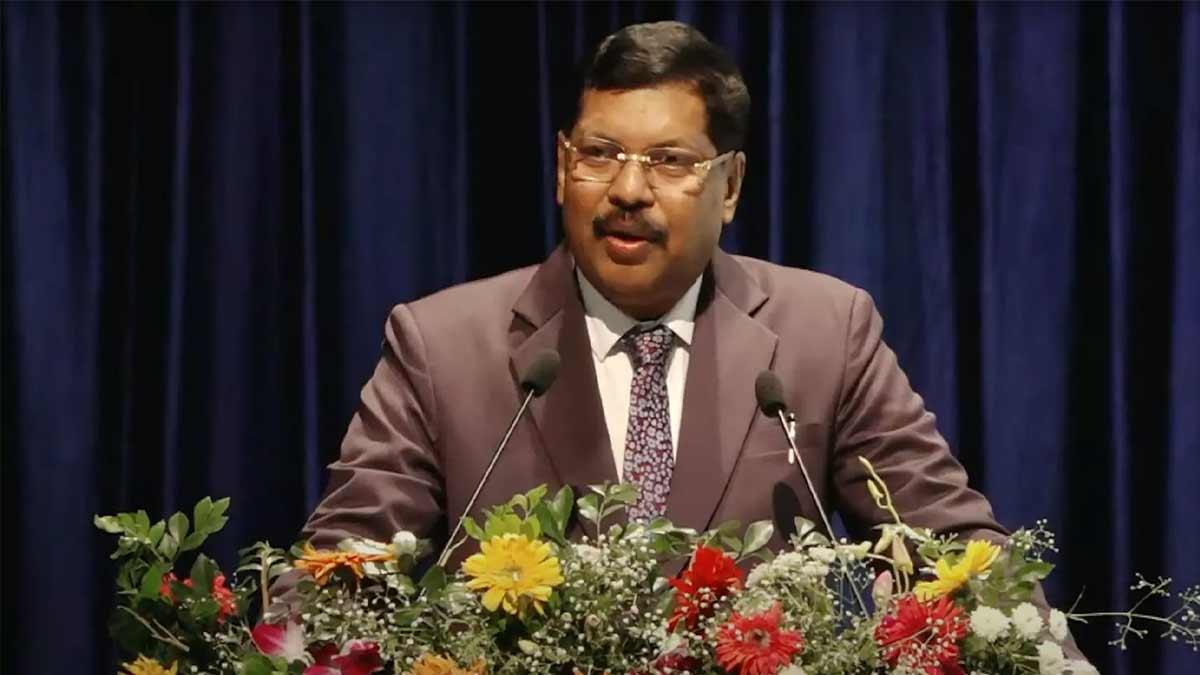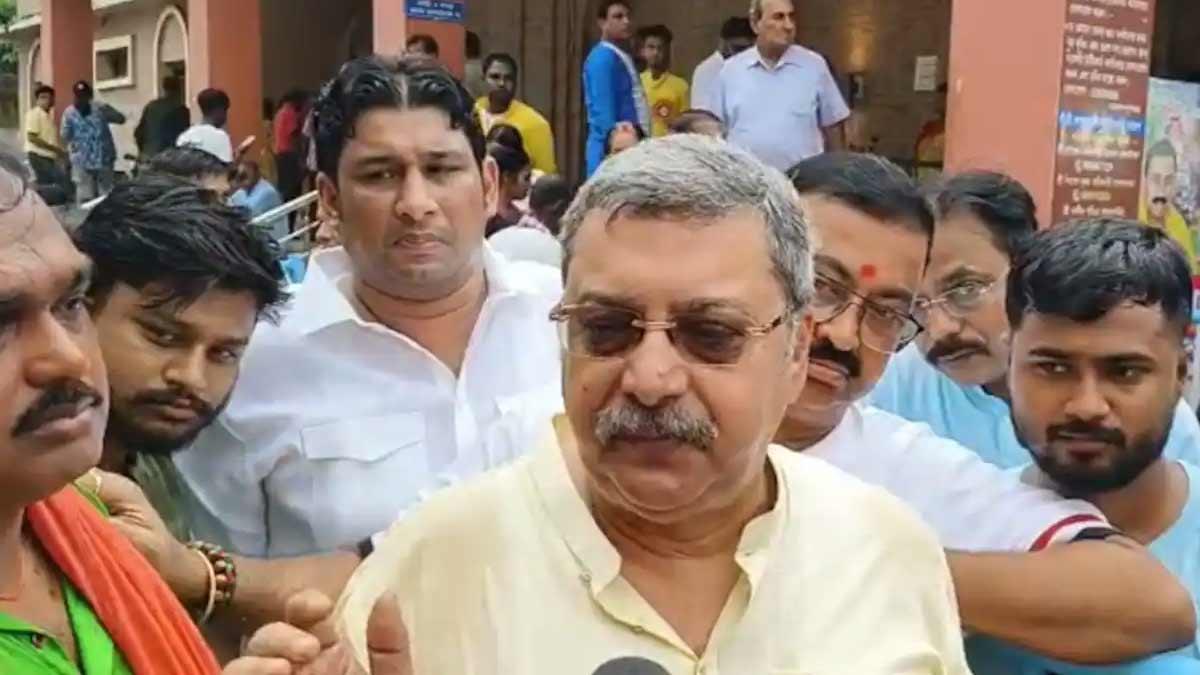An initial study from the DNA samples from the excavation site Rakhigarhi, an Indus Valley Civilisation (IVC) site in Haryana, has found zero traces of Iranian farmer or steppe pastoralist ancestry, which has put a question on the legitimacy of the Aryan Invasion Theory, the Economic Times reported.
The paper suggests that there was no Aryan invasion in the Indus Valley Civilization and that all the activities in the South Asia region were carried out by indigenous people, Prof Vasant Shinde, lead author of the paper said.
The findings came from a burial site in Rakhigarhi, which is one of the biggest Indus Valley Locations, spreading across 300 hectares near Hisar, Haryana.
“The paper indicates that there was no Aryan invasion and no Aryan migration and that all the developments right from the hunting-gathering stage to modern times in South Asia were done by indigenous people,” he said.
The study took over three years to complete and was authored by experts from India and Harvard Medical School. The paper which contained all the findings was published on Thursday in a science journal called “cell.”
The paper is titled ‘An Ancient Harappan Genome Lacks Ancestry from Pastoralists and Iranian Farmers’ and concludes that Indians belong to a predominant genetic pool of an Indigenous ancient civilization.
Also Read | Always have been ready to talk with farmers, says Centre
The paper makes three key points: The skeletal remains from the Rakhigarhi individual were from a population that is “the largest source of ancestry for South Asians”; the “Iranian related ancestry in South Asia split from Iranian plateau lineage over 12,000 years ago”; the “first farmers of the fertile crescents contributed little to no ancestry to later South Asians”.
Furthermore, the paper explained how the Indus Valley lineage derived the Iranian-related genes, which roots in early Iranian farmers, herders, and hunter-gatherers.
“The Iranian related ancestry in IVC derives from a lineage leading to early Iranian farmers, herders, and hunter-gatherers before their ancestors separated, contradicting the hypothesis that the shared ancestry between early Iranians and South Asians reflects a large-scale spread of western Iranian farmers east. Instead, sampled ancient genomes from the Iranian plateau and IVC descends from different groups of hunter-gatherers who began farming without being connected by substantial movement of people,” the paper states.
The paper is authored by Vasant Shinde of Deccan College of Pune, Vageesh Narasimhan and David Reich of Harvard Medical School, and Niraj Rai of the Birbal Sahni Institute of Palaeosciences among others.


















